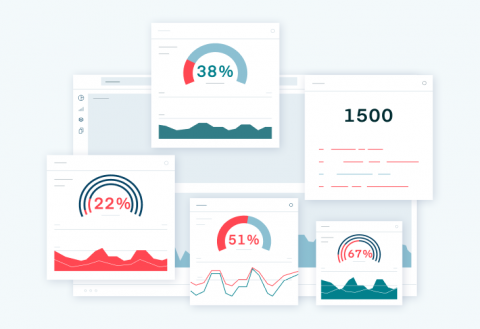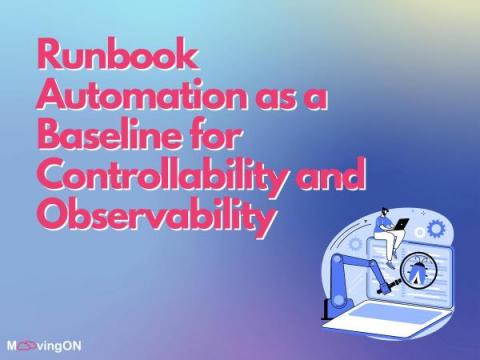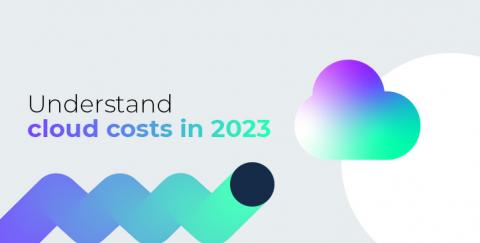Operations | Monitoring | ITSM | DevOps | Cloud
Latest News
Hyperscalers: The Complete Guide to What, Why and How
Implement a Cloud Security Observability Strategy in 6 Steps
Moving to the cloud is hard. Moving to the cloud and keeping systems secure, data governed, compliances met, and cyberattacks at bay, makes everyone’s jobs significantly harder. The number one concern we hear from Cribl customers about the cloud is, you guessed it — security. If you’re in this boat — eager to adopt the cloud ASAP but also worried about the risks that come with having sensitive data in the cloud — don’t fret. We’re here to help.
Building, deploying and observing SDKs as a Service - Part 1
An API, or application programming interface, is a set of protocols and instructions that allows two software applications to communicate with one other. APIs can be implemented in a number of architectural styles. One of the most popular styles is REST (representational state transfer,) which allows server and client interaction in a stateless manner.
On-Premises vs Cloud MDM deployment: Key Differences between them
On-premises vs cloud MDM deployment With the rise of SaaS application management, mobile device management (MDM) services have gained popularity among IT professionals. Modern computing environments rely on the efficient use and provisioning of resources. But which one is right for your business: on-premise or cloud MDM deployment? While this may seem like a simple question, there are many factors that come into play when deciding which method to go with. This article discusses the differences between on-premises vs. cloud MDM deployment. It will also present examples, use cases, and pros and cons of these two deployment options.
Runbook Automation as a Baseline for Controllability and Observability
Some of the highest priorities for engineers - from NOC Engineers, DevOps & Site Reliability Engineers - are the automation and optimization of their production environments. Many companies today face tough challenges with their Network Operations Centers (NOCs) or production environments. These challenges fall into the hands of engineering teams.











